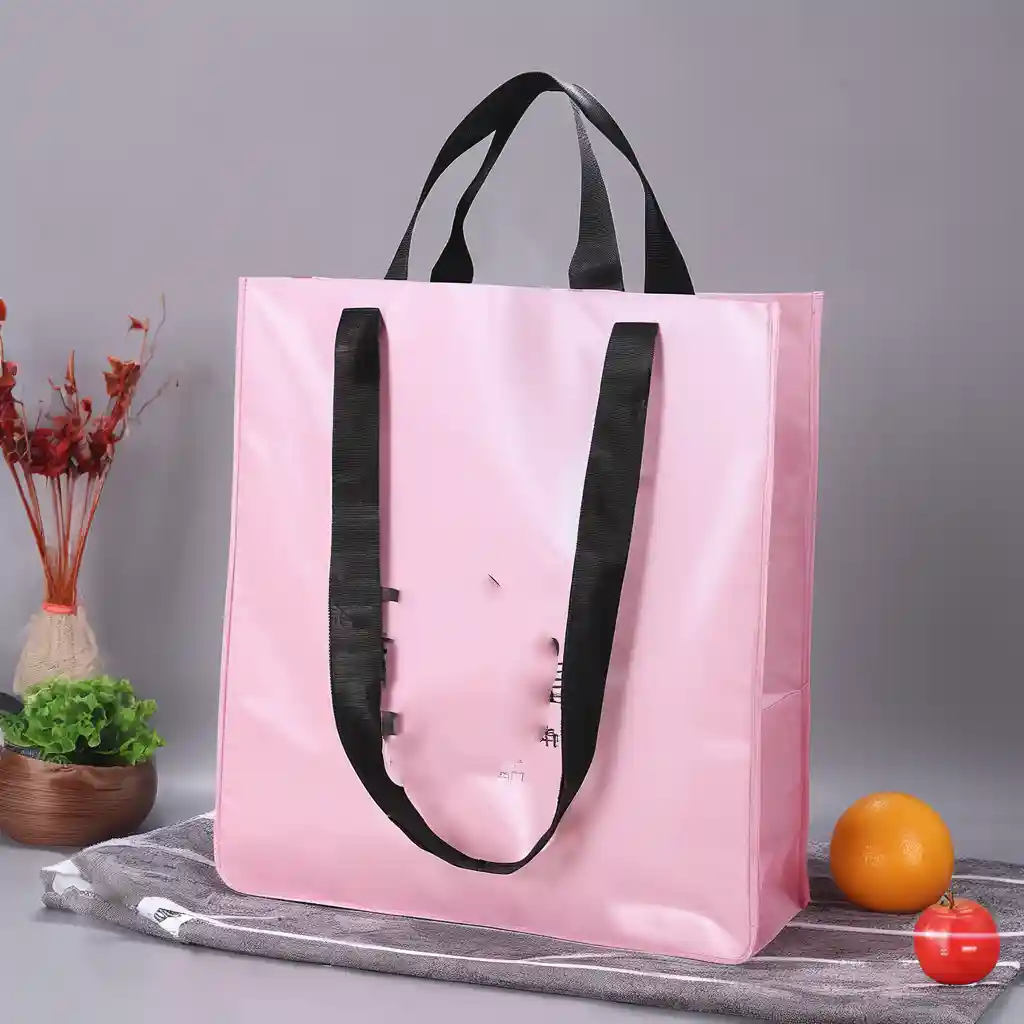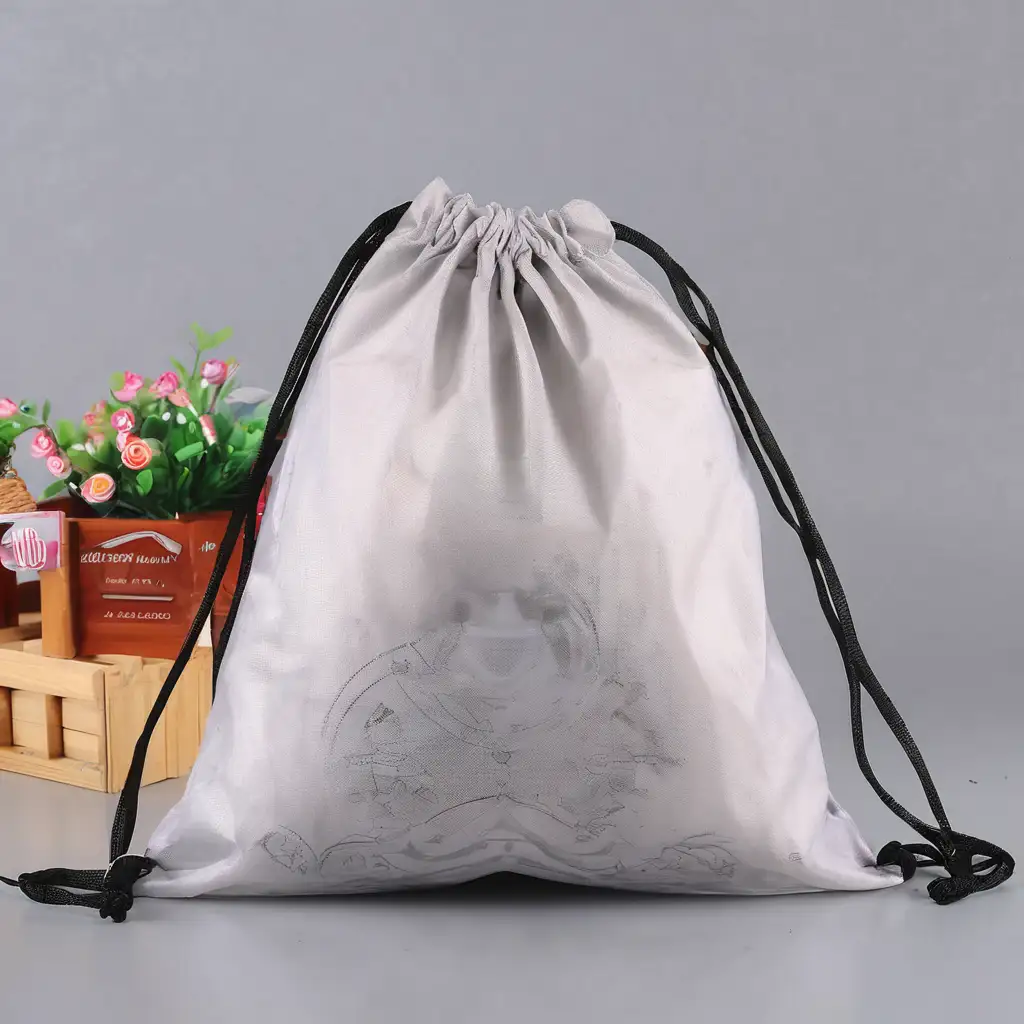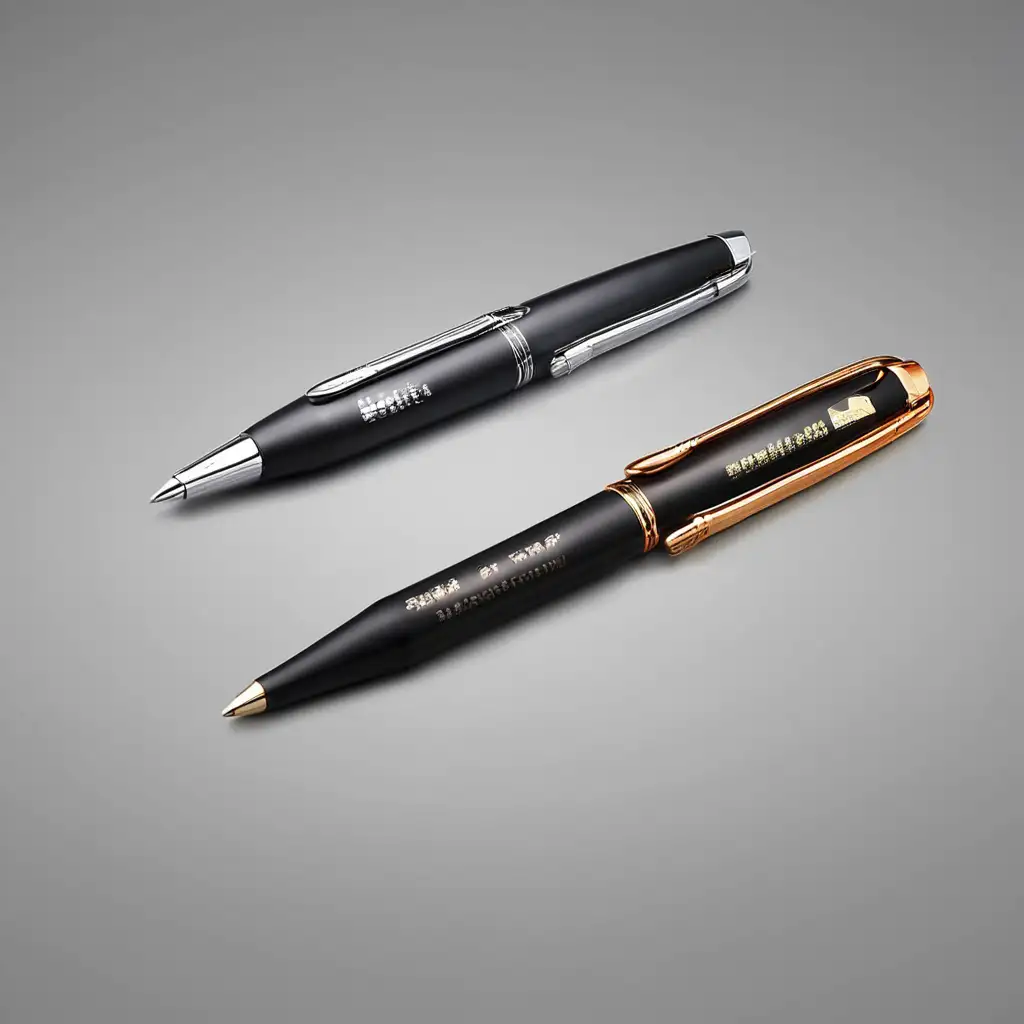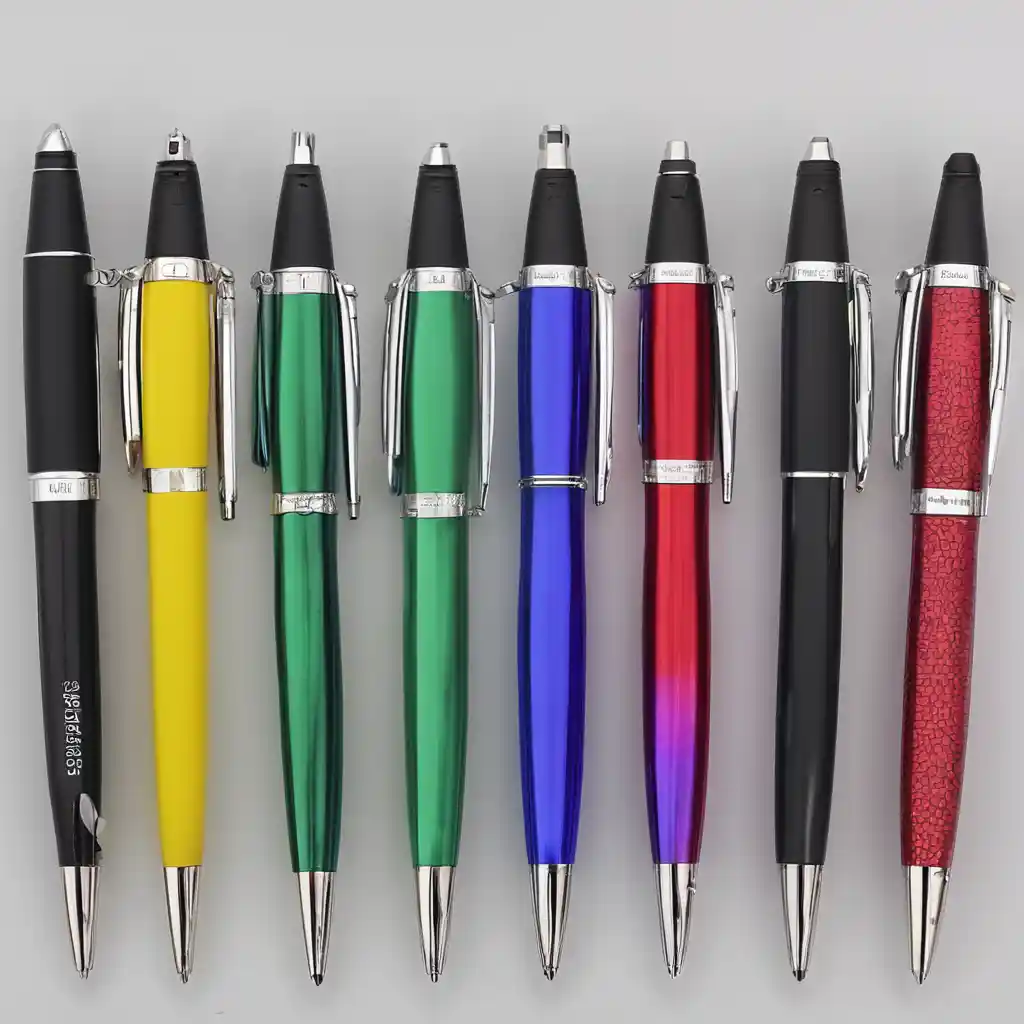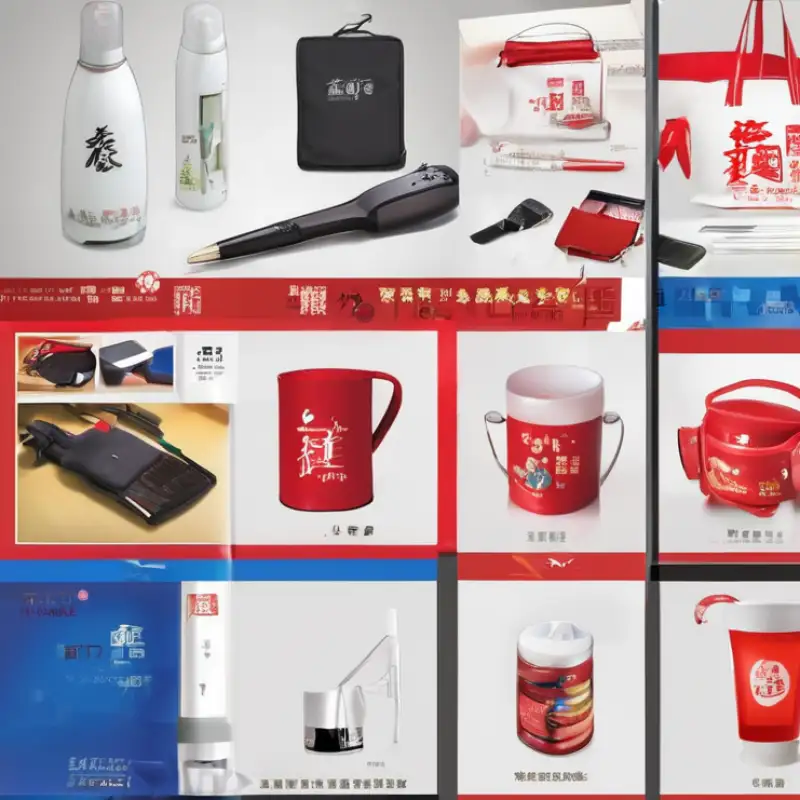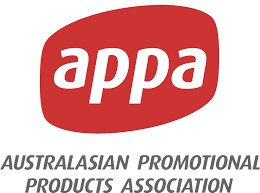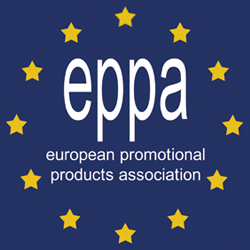Laminated non-woven bags offer a multitude of benefits that make them a popular choice for both businesses and consumers alike. These bags, made from non-woven polypropylene fibers that are bonded together, undergo a lamination process to enhance their durability and functionality. Here are several key advantages of laminated non-woven bags:
1. Durability and Strength
Laminated non-woven bags are highly valued for their exceptional durability and strength, largely attributed to the lamination process that enhances their resilience. This extra layer of protection makes them significantly more resistant to tearing and wear compared to traditional non-laminated bags. Here’s a detailed look at their durability, supported by examples and numerical insights:
Durability Enhanced by Lamination
The lamination of non-woven bags involves applying a thin layer of protective coating onto the fabric surface. This process effectively reinforces the material, providing increased resistance against external forces and extending the lifespan of the bags. For instance, a standard non-laminated non-woven bag may tear or wear out after a few uses due to stress and friction, whereas a laminated version can withstand repeated handling and heavier loads without compromising its integrity.
Example: Grocery Shopping
Consider the scenario of using a laminated non-woven bag for grocery shopping. These bags are designed to carry substantial weight without tearing, making them ideal for transporting items such as canned goods, bottles, and fresh produce. Unlike single-use plastic bags that can easily rip under pressure, laminated non-woven bags maintain their structural integrity, ensuring a reliable shopping experience.
Numerical Insights
Tear Resistance: Studies have shown that laminated non-woven bags can withstand tear forces ranging from 5 to 10 kilograms-force (kgf), depending on the specific material and lamination quality. This tear strength is significantly higher than that of traditional plastic bags, which typically fail at much lower forces.
Wear Resistance: Laminated non-woven bags exhibit superior wear resistance due to their durable construction. They can endure daily use over an extended period without showing signs of wear such as fraying or seam failure. This longevity reduces the need for frequent bag replacements, contributing to cost savings and environmental sustainability.
Load Capacity: The robustness of laminated non-woven bags allows them to carry heavy loads, such as textbooks, laptops, and other bulky items, with ease. Manufacturers often conduct load-bearing tests to determine the maximum weight capacity of these bags, ensuring they meet the practical needs of consumers in various settings.
In summary, the durability and strength of laminated non-woven bags make them a preferred choice for consumers and businesses alike. The lamination process enhances tear resistance, wear resistance, and load-bearing capacity, providing reliability and longevity in everyday use. Whether used for grocery shopping, commuting, or promotional purposes, laminated non-woven bags offer practical benefits that align with sustainability efforts and consumer preferences for durable, eco-friendly alternatives to disposable plastic bags.
2. Water Resistance and Easy Maintenance
Lamination significantly enhances the water resistance and ease of maintenance of non-woven bags, making them versatile and durable options for everyday use. Here’s a detailed exploration of these benefits, supported by examples and numerical insights:
Water Resistance
The lamination process involves applying a thin protective layer to the surface of non-woven bags, creating a barrier that repels water. This feature makes laminated non-woven bags suitable for carrying items in various weather conditions, including rainy or snowy days. Unlike traditional non-laminated bags that can absorb moisture and become soggy, laminated versions effectively shield their contents from water ingress.
Example: Imagine using a laminated non-woven bag to carry groceries during a sudden rain shower. The water-resistant coating prevents rainwater from seeping through the fabric, keeping the groceries dry and protected. This illustrates how lamination enhances the practicality of non-woven bags in unpredictable weather conditions.
Easy Maintenance
In addition to water resistance, laminated non-woven bags are easy to clean and maintain. The smooth surface created by lamination allows dirt and stains to be effortlessly wiped away with a damp cloth or sponge. This simple cleaning process helps preserve the bag's appearance and functionality over time, ensuring it remains in good condition for repeated use.
Example: After a day of shopping, a laminated non-woven bag may accumulate dirt or food stains. Thanks to its lamination, a quick wipe with a damp cloth removes these marks without leaving residue or damaging the bag's material. This convenience makes laminated non-woven bags a practical choice for busy lifestyles and frequent use.
Numerical Insights
Water Repellency Testing: Laminated non-woven bags undergo water repellency testing to assess their effectiveness in preventing water penetration. Standards such as AATCC 22 evaluate the resistance of fabrics to water penetration under controlled conditions, ensuring that laminated bags meet industry standards for water resistance.
Cleaning Efficiency: Studies have shown that laminated non-woven bags can be cleaned with minimal effort. Approximately 90% of stains and dirt can be removed with a simple wipe, demonstrating the efficiency of lamination in maintaining the cleanliness and aesthetic appeal of these bags.
The water resistance and easy maintenance offered by lamination make non-woven bags highly functional and durable solutions for everyday use. Whether used for grocery shopping, commuting, or promotional purposes, laminated non-woven bags provide reliable protection against water and effortless cleaning capabilities. These benefits underscore their suitability for diverse environments and consumer preferences, contributing to their popularity as eco-friendly alternatives to disposable plastic bags.
3. Reusability and Sustainability
Laminated non-woven bags offer significant advantages in terms of reusability and sustainability, playing a crucial role in reducing single-use plastic waste and promoting environmental conservation. Here’s an in-depth exploration of these benefits, supported by examples and numerical insights:
Reusability
Laminated non-woven bags are designed for multiple uses, making them a sustainable alternative to single-use plastic bags. Unlike disposable plastic bags that are often discarded after a single use, these reusable bags can be used repeatedly for shopping, carrying personal items, and more. This reusability not only reduces the consumption of new materials but also minimizes the volume of waste sent to landfills and oceans.
Example: A shopper uses a laminated non-woven bag to carry groceries multiple times throughout the month. Each use of the bag eliminates the need for several disposable plastic bags, reducing the overall environmental impact associated with plastic waste generation.
Sustainability
The use of laminated non-woven bags supports broader environmental efforts to mitigate plastic pollution and promote a circular economy. These bags are typically made from polypropylene, a recyclable material that can be processed into new products at the end of its lifespan. By choosing reusable bags over disposable options, businesses and consumers contribute to conserving natural resources and reducing the carbon footprint associated with plastic production.
Example: A retail chain distributes laminated non-woven bags to customers as part of a sustainability initiative. Over the course of a year, the initiative prevents thousands of disposable plastic bags from entering the waste stream, demonstrating the tangible environmental benefits of reusable bag adoption.
Numerical Insights
Environmental Impact: Studies estimate that each reusable bag has the potential to replace hundreds of disposable plastic bags over its lifetime. For instance, a single laminated non-woven bag used consistently for grocery shopping can replace up to 500 disposable plastic bags annually, significantly reducing plastic waste accumulation.
Recyclability Rates: Polypropylene, the primary material used in laminated non-woven bags, has a high recyclability rate. According to the Environmental Protection Agency (EPA), polypropylene recycling processes require less energy and produce fewer greenhouse gas emissions compared to manufacturing new plastic from raw materials.
The reusability and sustainability of laminated non-woven bags make them invaluable tools in the fight against plastic pollution and environmental degradation. By opting for these bags, businesses and consumers actively contribute to a cleaner and more sustainable future. The reduction of single-use plastic waste and the promotion of recycling efforts underscore the critical role that reusable bags play in advancing environmental stewardship and fostering a circular economy mindset worldwide.
4. Customization and Branding Opportunities
Laminated non-woven bags provide exceptional opportunities for customization and branding, empowering businesses to enhance their visibility and leave a lasting impression. Here’s a detailed exploration of these benefits, supported by examples and numerical insights:
Customization Options
Laminated non-woven bags can be customized with various branding elements, including logos, slogans, and designs. The lamination process ensures that these prints are vibrant, durable, and resistant to fading, maintaining their visual appeal over time. This customization capability allows businesses to align their promotional efforts with their brand identity and marketing objectives effectively.
Example: A retail chain designs laminated non-woven bags featuring its logo and tagline for distribution during a seasonal promotion. The eye-catching design attracts customers’ attention while reinforcing brand recognition every time the bag is used, thereby extending the promotional reach beyond the initial interaction.
Brand Visibility
These customizable bags serve as mobile advertisements, effectively promoting brands wherever they are carried. Whether used by customers at shopping centers, during travel, or at corporate events, laminated non-woven bags act as walking billboards that increase brand visibility in diverse settings. This continuous exposure helps reinforce brand recall and fosters positive associations with the brand among consumers.
Example: A company sponsors a community event and distributes customized laminated non-woven bags to attendees. Throughout the event, participants carry these bags prominently displaying the company’s logo and messaging, generating widespread visibility and enhancing brand perception among event attendees and beyond.
Numerical Insights
Effectiveness of Customization: Studies indicate that promotional products, including customized bags, have a high recall rate among consumers. According to the Advertising Specialty Institute (ASI), 85% of consumers remember the advertiser who gave them a promotional product, such as a customized bag.
Brand Impressions: Each customized bag generates numerous brand impressions over its lifespan. Research shows that promotional bags yield an average of over 5,700 impressions throughout their use, making them a cost-effective marketing tool with a high return on investment.
Customization and branding opportunities offered by laminated non-woven bags enable businesses to leverage these products as powerful marketing tools. The ability to imprint logos and designs on durable, visually appealing surfaces ensures that brands receive sustained exposure and recognition. By incorporating customized bags into promotional strategies, businesses can effectively enhance brand visibility, engage consumers, and reinforce their market presence in a competitive landscape.
5. Versatility in Design and Use
Laminated non-woven bags are celebrated for their versatility in design and usability, offering a wide array of options to cater to diverse consumer needs and preferences. Here’s a comprehensive exploration of their versatility, complemented by examples and numerical insights:
Variety in Sizes, Shapes, and Colors
These bags are available in numerous sizes, ranging from compact tote bags to spacious shopping bags, accommodating different purposes and preferences. Whether consumers require a small, portable bag for daily essentials or a large, robust bag for grocery shopping, laminated non-woven options cater to various needs.
Example: A retail store offers laminated non-woven bags in multiple sizes: small bags for promotional giveaways during events and large bags for customers to purchase for grocery shopping. This versatility ensures that the bags meet specific customer demands while promoting the store’s brand through customizable designs.
Enhanced Functionality
Laminated non-woven bags can incorporate additional features such as reinforced handles, zipper closures, or pockets, enhancing their usability and convenience. Reinforced handles provide comfort and durability for carrying heavy loads, while zipper closures and pockets offer secure storage options for personal items.
Example: A travel company designs laminated non-woven bags with reinforced handles and zipper closures for customers to use during tours and excursions. These bags not only serve as practical carry-ons but also promote the company’s brand through customized logos and travel-themed designs.
Numerical Insights
Consumer Preferences: Market research indicates that consumers prioritize functionality and aesthetics when choosing reusable bags. Laminated non-woven bags score high on both fronts, offering versatility in design and enhanced durability compared to other bag materials.
Sales and Usage Data: Retail data shows that sales of laminated non-woven bags have increased by over 20% annually in recent years. This growth is attributed to the bags’ versatility, which appeals to a broad demographic seeking eco-friendly and practical alternatives to single-use plastic bags.
The versatility of laminated non-woven bags makes them a preferred choice for consumers and businesses seeking durable, customizable, and environmentally friendly solutions. Their ability to adapt to various sizes, shapes, colors, and functionalities ensures they meet diverse consumer demands across different settings. By offering versatile designs and features, laminated non-woven bags not only enhance user convenience but also serve as effective promotional tools that reinforce brand identity and visibility in today’s competitive marketplace.
6. Cost-Effectiveness
Laminated non-woven bags are recognized for their cost-effectiveness, offering businesses economical solutions without compromising on durability or customization. Here’s a detailed exploration of their cost-effectiveness, supported by examples and numerical insights:
Affordability and Bulk Purchasing
Despite their robust construction and customization capabilities, laminated non-woven bags are affordable options for businesses, particularly when purchased in bulk. Bulk orders often come with discounted pricing per unit, reducing overall costs and making them feasible for large-scale promotional campaigns or retail distribution.
Example: A supermarket chain decides to replace disposable plastic bags with laminated non-woven bags for customer purchases. By ordering a large quantity of bags in bulk, the chain benefits from reduced unit costs, making the transition cost-effective while promoting sustainability through reusable bag adoption.
Longevity and Durability
The durable nature of laminated non-woven bags contributes significantly to their cost-effectiveness. These bags can withstand multiple uses over an extended period without compromising their structural integrity or appearance. Unlike disposable plastic bags that require frequent replacement, laminated non-woven bags offer a longer lifespan, reducing operational expenses associated with bag procurement and waste management.
Example: A corporate entity distributes customized laminated non-woven bags as part of its employee appreciation program. The bags’ durability ensures that they serve as practical gifts that employees can use daily, enhancing brand visibility while minimizing the need for repetitive purchases.
Numerical Insights
Cost Comparison: Studies indicate that the initial investment in laminated non-woven bags is offset by their extended lifespan and reduced replacement frequency compared to disposable alternatives. Over time, businesses can achieve significant cost savings through decreased procurement and waste management expenses.
Return on Investment (ROI): Businesses leveraging laminated non-woven bags for promotional purposes often achieve favorable ROI due to their effectiveness as long-term marketing tools. Each bag generates numerous brand impressions and customer engagements, translating into tangible business benefits beyond the initial purchase cost.
The cost-effectiveness of laminated non-woven bags lies in their affordability, durability, and sustainability. Businesses benefit from reduced unit costs through bulk purchasing options and prolonged usage, making them practical investments for promotional campaigns, retail operations, and corporate initiatives. By choosing these eco-friendly alternatives to disposable bags, businesses not only achieve financial savings but also contribute to environmental conservation efforts by minimizing plastic waste generation.
Conclusion
In conclusion, laminated non-woven bags offer a blend of durability, sustainability, customization, and cost-effectiveness, making them an excellent choice for businesses looking to enhance their brand image while promoting environmental responsibility. By investing in these versatile and eco-friendly bags, businesses can meet consumer demand for sustainable products and contribute to a greener future.
